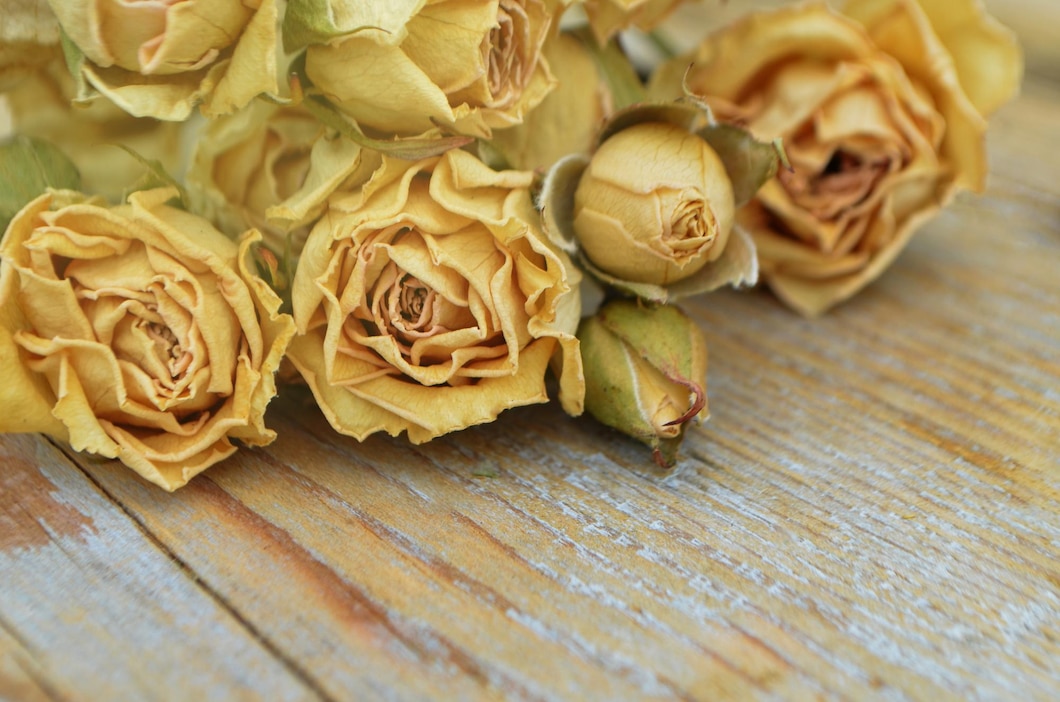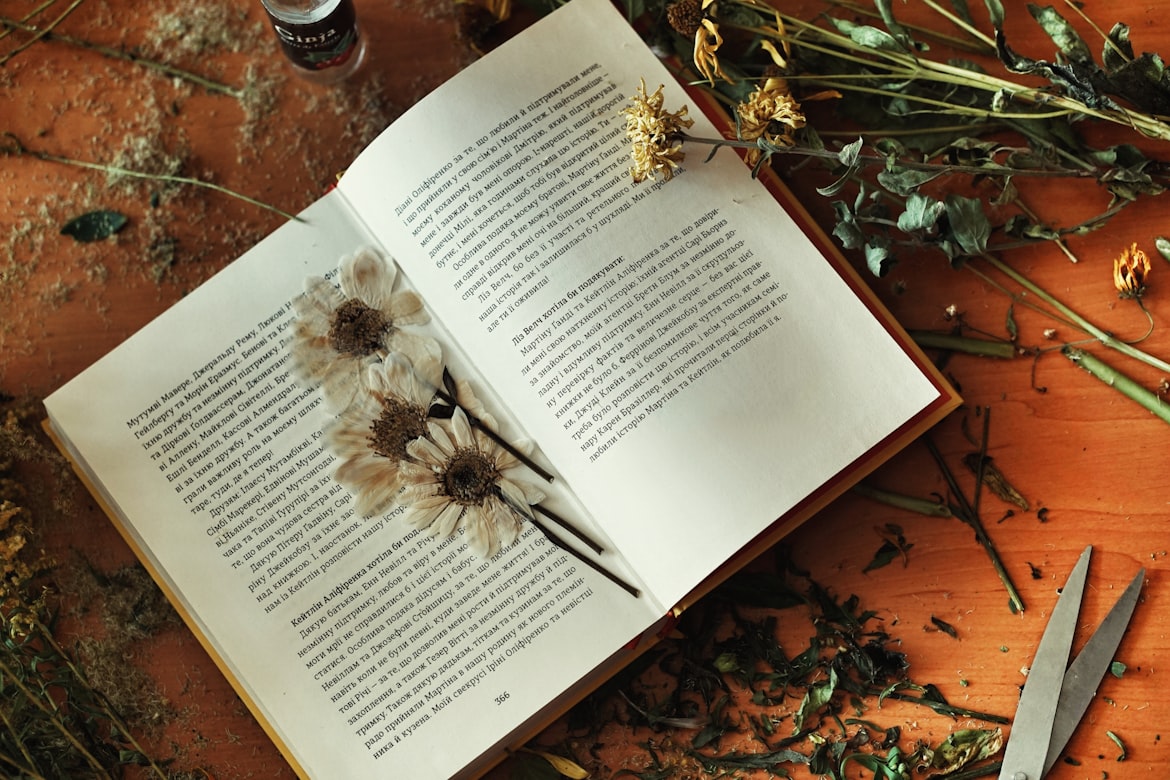![How To Make Dried Flowers: 3 Unbelieveably Easy Ways [2022] - Well Live Florist](http://wellliveflorist.com/cdn/shop/articles/how-to-make-dried-flowers-3-unbelieveably-easy-ways-2022-386032_1060x702_crop_center.webp?v=1690764535)
How To Make Dried Flowers: 3 Unbelieveably Easy Ways [2022]

Flowers are a staple in almost any celebration. It’s the quintessential bouquet thrown by the bride to a crowd of aspiring brides-to-be. It’s the miniature, yet meaningful corsage a 16-year-old wears on her prom night.
But what happens after everyone starts packing up? Throwing flowers away when you can repurpose them can be a waste. That’s why we’ve listed a few nifty tricks teaching you how to make dried flowers and reuse them to decorate your living room nook, create artistic mementos, or what have you.
Why Should You Dry Flowers?
Just because flowers have all but lost their vibrance, doesn’t mean they won’t be as lovely anymore. In fact, the practice of drying flowers traces its origins to ancient times. Egyptians incorporated these dried flowers as ingredients to create fragrant and long-lasting perfumes. Middle-Aged England also found a way to make dried flowers to create homemade remedies, believing they could cure certain diseases.
Today, this practice still lives on. While it may not necessarily be in medicine, the art of flower-drying finds its way into the ethos of modern society, be it in the homemade gift wrapper a close friend receives on their birthday, or the rustic decor hanging in an otherwise contemporary living room. Here are some ideas to preserve the beauty of these petals — try them out!
How To Air Dry Flowers
Almost any type of flower can be air-dried, but roses are arguably the most popular choice for this method. Choose from pink, red, white roses, or even a combination of all kinds. You’ll end up with delicately beautiful petals you can use according to your preference.
Here’s a list of items you’ll need:
- Bouquet of roses (or a few stems)
- Strings (paper strings or scrapbooking yarns will also do)
- A pair of scissors
- Stick (or something sturdy to hang the dried flowers with)
Step 1: Remove Unwanted Foliage From The Stems
Start off by taking the stems and removing any unwanted or extra leaves on them. You could also leave out some foliage to add a touch of greenery. They will dry just the same as the petals.
Step 2: Arrange The Flowers And Tie Them Together
Bunch the remaining roses together. Try out creative arrangements, such as setting them by length or placing the brightest hue in the centre. If most of the stems are too long, cut them to the desired size. Hold them in place together with the string and make sure there are no loose stems.
Step 3: Tie The Flowers To A Stick Or Hanger
Once your bunched flowers are all set, the next step is to tie the other end to a piece of stick or hanger. Alternatively, you could use any long, but a thin piece of driftwood, metal poles, or aluminium profile.
Step 4: Leave The Flowers To Dry For Several Weeks

During the drying process, it’s important you hang your dried roses in an undisturbed location. Keep them away from direct lighting, as it will cause the colours of the petal to fade and wilt.
Ideally, you’ll want to wait four to five weeks for the roses to dry out. Afterwhich, they’re ready to be used in scrapbooking, art projects, or any decor ideas.
How To Press Flowers

Anyone who owns a library or even just a few books can dry-press flowers on their own. This is the simplest method to preserve flowers and can even be used to gift them on their own or to create a unique hanging display.
Materials you’ll need:
- Flowers
- Heavy book (preferably hard-bound)
- Parchment paper (a thin piece of cardboard or wax paper also works)
- Weights (additional books or heavier objects will do)
Step 1: Choose The Right Flowers
You’ll need to pick a flower just as it has already bloomed and dried out for a bit. Flowers with too much moisture may be prone to moulds and can be damaged once dried. Some great ideas include peonies, hydrangeas, roses, orchids, sunflowers, or calla lilies. And, as much as possible you’ll want a flat bud. If the bud is globular in shape, cut it in half.
Once you’ve chosen a flower, it’s time to prepare it for drying. Again, remove unnecessary foliage growth on the stems, and trim the stems if needed.
Step 2: Place Absorbent Paper On The Book’s Pages

Hardbound books work best, but thick ones such as dictionaries and phone directories can also be used. Leaf through the pages, and set the parchment paper. Set the flower blooms to face down. Carefully shut the book, making sure the flowers don’t shift in the process. Place weights on top of it.
Step 3: Leave The Flowers To Dry
Similar to the first method, you’ll want to leave the flowers to dry for at least four weeks. By the end of it, they should have a paper-like texture. If not, you can replace the parchment paper and press the flowers longer.
How To Dry Flowers Using The Microwave Drying Method
Familiar with those silica gel packs that come with newly-bought shoes or sometimes packed snacks? They’re useful for drying flowers as well. But rather than a month-long process, the microwave method cuts down the time to just a single day.
All you’ll need is the following:
- Desiccant/silica gel packs
- Water
- Microwave
-
Microwave-safe container
Step 1: Pour Silica Gel Beads On The Flowers
After preparing the flowers for drying, cut the stems. Pour the first layer of silica gel beads into a container, then place the flowers on top of them. Add the next layer of desiccant, making sure the flowers are almost fully submerged.
Step 2: Put The Container Inside The Microwave
Grab one cup or a mug of water and place it inside the microwave. Put the container next to it, then heat it in 30-second intervals. Check the petals every now and again to see if they’ve dried out.
Step 3: Dry The Flowers In Silica Gel
Once the petals have reached the ideal level of dryness, let them sit for a day in the silica-containing plasticware. Before displaying the flowers, remove excess silica and then put it up for display.
Conclusion
The next time you’re wondering how to make dried flowers, follow some of these ideas to help you get started. Making long-lasting blooms doesn’t have to be rocket science — all you need is a bunch of readily-available household items, then you’re well on your way.
Ready to start getting creative with floral pieces? Well Live Florist’s beautiful bouquets and delicate blooms are a perfect choice! As Singapore’s # 1 online flower store, we guarantee excellent service and craftsmanship. All our flowers will arrive at your — or a loved one’s — doorstep freshly picked. Shop from our collection now and make someone smile today!
Frequently Asked Questions About Dried Flowers
How Can I Take Care Of Dried Flowers?
Unlike freshly-picked flowers, dried flowers need very little care. All you have to do is make sure they’re not placed in direct sunlight or humidity. Excessive light exposure can cause the colour of the petals to fade. If the dried flowers are placed in an air conditioned room, make sure it’s not too humid. Set the thermostat to the “low cool” setting or equivalent.
How Long Do Dried Flowers Last?
Dried flowers will typically last for a year or more, provided they’re under the right conditions. This is a much longer timeframe compared to freshly-picked or freshly-cut flowers, which can only last for up to 1.5 weeks.
What Flowers Can Be Dried?
Almost all types of flowers can be dried using any method. If you’re unsure, you can check out our options at Well Live Florist. We have hydrangeas, calla lilies, sunflowers, roses, peonies, and many more.
What Are The Different Uses For Dried Flowers?
Aside from decorations, dried flowers can be used to create homemade perfumes, bath salt mixes, confetti, scrapbook material, gift wrapping accessories, sage sticks, rustic coasters, and many more.
How Can I Make Dried Flowers Fragrant Again?
The drying process removes much of the flower’s original scent. But if you want to emulate this fragrance, you can use essential oils. If you’re prone to allergic reactions or have sensitive skin, wear gloves first before pouring drops of essential oils on the stems before drying them.

Leave a comment